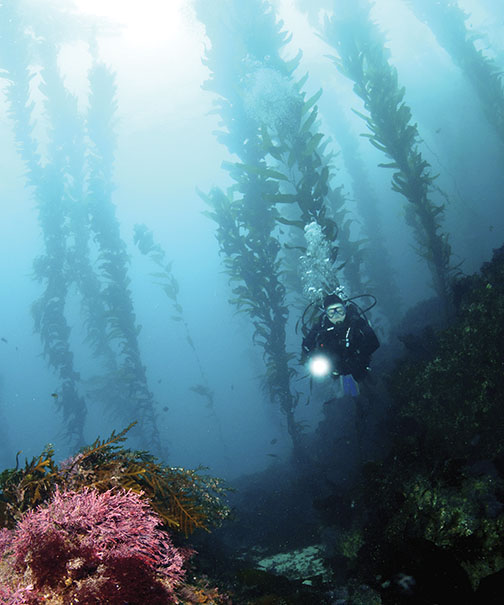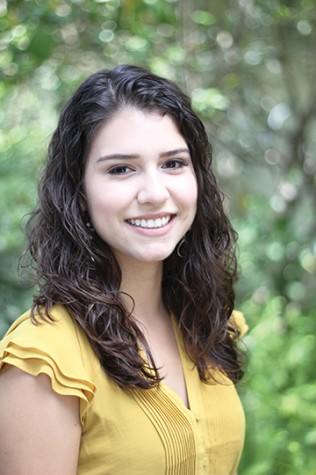Radiation from the Fukushima Daiichi nuclear plant’s triple meltdown in March 2011 has begun to raise concerns among scientists as devastation from the disaster makes its way to the Pacific Northwest.
California State University, Long Beach biologist Dr. Steven Manley and Berkeley Lab’s Head of Applied Nuclear Physics Dr. Kai Vetter have launched “Kelp Watch 2014” to begin testing coastal waters for radiation using kelp samples.
A team of more than 40 scientists has assembled for the scientific campaign, including San Diego State’s Dr. Matthew Edwards, a kelp ecologist, and Dr. Todd Anderson, a fish ecologist. The ecologists, along with six undergraduate and graduate students, will be aiding in the study by gathering kelp samples from the Point Loma and La Jolla kelp forests.
“We think we will be able to detect it, but we don’t think it will be detectable at levels that are harmful to the ecosystem, fisheries and human health,” Edwards said.
The teams will visit the kelp forests on research boats and identify the populations that are of interest. They will then collect several pounds of kelp from “the actively growing region of the surface canopy,” Edwards said.
The kelp will be left to dry and then put into a drying oven for 48 hours before being pulverized and ground into a fine powder, then sent to the Lawrence Berkeley National Laboratory’s Low Background Facility for analysis.
“Kelps are a nice barometer, a nice indicator of what is in the ocean,” Edwards said. “They absorb what’s in the surrounding seawater, and we can use them as a sort-of litmus for what’s in the water.”
According to Berkeley’s Kelp Watch 2014 website, samples will be taken in Alaska, British Colombia, Washington, Oregon, California, Baja California, Mexico, Chile, Hawaii and Guam.
Currently, the project is in the preliminary stages as researchers coastwide receive shipping codes and gear. In the next two to three weeks, Edwards and Anderson will begin taking samples and working in conjunction with researchers at Scripps Institution of Oceanography.
Associate researcher at Scripps Institution of Oceanography Dr. Edward Parnell will be collecting samples from the La Jolla kelp forest and agreed with Parenell’s doubt about the severity of the radiation levels.
“Even if they find radiation, the level will be so low, that ecologically it will be insignificant,” Parnell said. “It’s not going to get into the food web.”
The University of Southern California Sea Grant and the CSU Council on Ocean Affairs, Science and Technology is funding the project for the 2014 year.
COAST Director Dr. Krista Kamer said that the council is allocating $3,655 to the campaign.
The USC Sea Grant will be providing funding for costs such as shipping, supplies and collection—an estimated three to four thousand per collection round, Associate Director Phyllis Grifman said. The total amount, however, has been left undefined to allow for adjustment.
“We really want to support this and help out however we can,” Grifman said.
Sample testing will be done at least three times this year.
“We are doing this because we think that this is an interesting question — not only interesting, but important — to know if there is a hazard out there,” Edwards said. “If a disaster happens on the other end of the globe, how does that affect us?”
Photo courtesy of Thinkstock.









